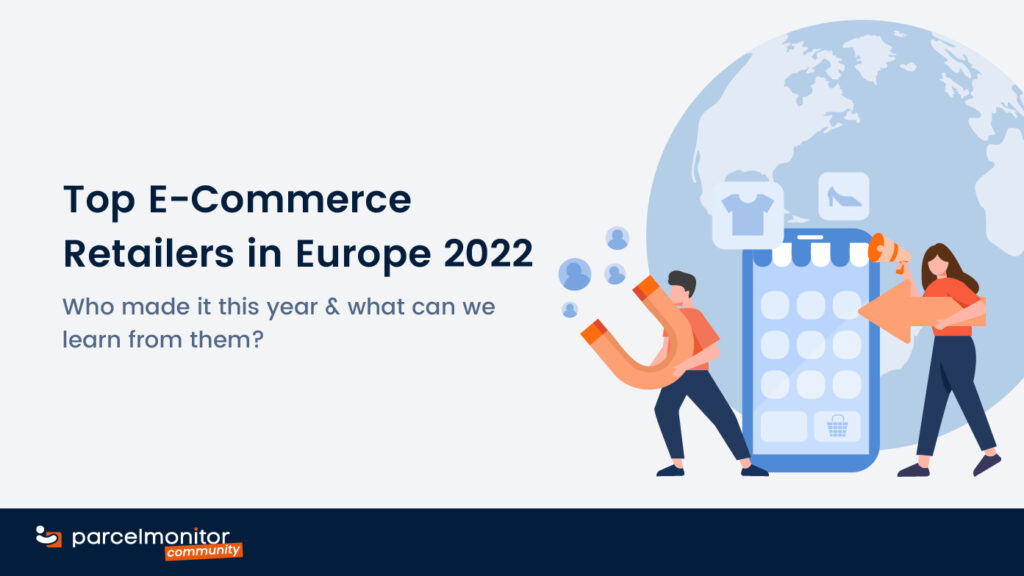The Covid-19 outbreak has brought about significant changes for retailers around the world – 30% of consumers shifted to e-commerce channels, accelerating the sector’s growth and prompting many businesses to invest in the e-commerce sector to compete with pure-play online sellers. Take Europe for an example. Online retail sales increased by nearly 40% after the Covid-19 pandemic restrictions were implemented in the region. It is also home to major online retailers, such as IKEA, Zalando and Otto Group. But what exactly makes these brands so successful and stand out from the rest?
#1 eBay
With a vast global market share, eBay is by far the largest online marketplace on this list. Not only serving B2C, this marketplace is known for the C2C sales as well. Unlike the large majority of e-commerce websites which only offer fixed-price items, eBay marketplace stands out from its competitors when it allows sellers to list products for sale on an auction as well. Buyers can bid for and purchase items of interest. eBay has already integrated innovative software development into its operations through the use of tools such as Seller’s Assistant, Selling Manager and Selling Manager Pro, which helps enhance both selling and buying experience.
It can be said that thanks to eBay’s distinctive business approach, no e-commerce marketplace can surpass it in terms of popularity in the European market. Indeed, a study titled Inside the eBay Economy that was published by eBay supports this claim. By offering niched products and offering intuitive tools to create a more personalized and convenient shopping experience, eBay saw a 50% increase in the number of sellers making more than £1m (US$1.2m) in the four years from 2013-2017.
#2 IKEA Group
Having started out modestly with just one store in Sweden, IKEA is now an omnichannel retailer with multiple touchpoints online and in all of its physical stores. With nearly a billion clients in 2019, the IKEA brand has become the biggest and most valuable furnishings retailer in the world.
IKEA has implemented three touchpoints, namely web, app and distribution centers, to seamlessly serve its customers. For starters, IKEA created its own global website in order to serve customers better both online and offline, as well as to pursue its vision of “creating a better everyday life for many people”. Simultaneously, the highly intuitive IKEA app and its “Shop & Go” feature were launched, enabling users to scan items, pay for them, and bypass the checkout line in the store. Furthermore, traditional printed catalogs were removed to make way for AR/VR technology, which enables personalization and increases convenience in customers’ purchasing journeys. Finally, in order to improve the customer delivery experience, IKEA has invested €400m (US$407m) in new distribution centers. These centers, which are strategically located to reduce delivery time, contribute significantly to the company’s growing e-commerce volumes.
Check out the full article at Parcel Monitor for the rest of the list.


